
Filter News
Area of Research
- (-) Energy Science (117)
- (-) Neutron Science (27)
- (-) Nuclear Science and Technology (39)
- Advanced Manufacturing (3)
- Biology and Environment (68)
- Biology and Soft Matter (1)
- Computational Biology (1)
- Computational Engineering (2)
- Computer Science (6)
- Electricity and Smart Grid (1)
- Fuel Cycle Science and Technology (1)
- Functional Materials for Energy (1)
- Fusion and Fission (31)
- Fusion Energy (12)
- Isotope Development and Production (1)
- Isotopes (5)
- Materials (66)
- Materials for Computing (12)
- Mathematics (1)
- National Security (27)
- Nuclear Systems Modeling, Simulation and Validation (2)
- Quantum information Science (2)
- Sensors and Controls (1)
- Supercomputing (75)
- Transportation Systems (2)
News Topics
- (-) Advanced Reactors (15)
- (-) Artificial Intelligence (14)
- (-) Coronavirus (23)
- (-) Mathematics (3)
- (-) Microscopy (10)
- (-) Nuclear Energy (42)
- (-) Security (8)
- (-) Transportation (68)
- 3-D Printing/Advanced Manufacturing (86)
- Big Data (7)
- Bioenergy (31)
- Biology (18)
- Biomedical (22)
- Biotechnology (5)
- Buildings (38)
- Chemical Sciences (17)
- Clean Water (10)
- Composites (18)
- Computer Science (37)
- Critical Materials (9)
- Cybersecurity (10)
- Energy Storage (74)
- Environment (59)
- Exascale Computing (2)
- Fossil Energy (3)
- Frontier (3)
- Fusion (10)
- Grid (39)
- High-Performance Computing (8)
- Hydropower (3)
- Isotopes (6)
- Machine Learning (10)
- Materials (46)
- Materials Science (51)
- Mercury (3)
- Microelectronics (1)
- Molten Salt (5)
- Nanotechnology (17)
- National Security (7)
- Neutron Science (123)
- Partnerships (12)
- Physics (11)
- Polymers (12)
- Quantum Computing (1)
- Quantum Science (8)
- Simulation (4)
- Space Exploration (10)
- Statistics (1)
- Summit (9)
Media Contacts
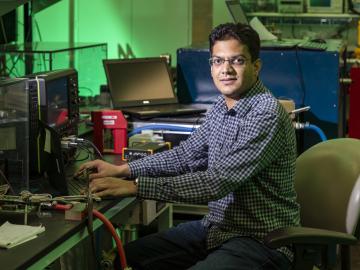
Galigekere is principal investigator for the breakthrough work in fast, wireless charging of electric vehicles being performed at the National Transportation Research Center at Oak Ridge National Laboratory.
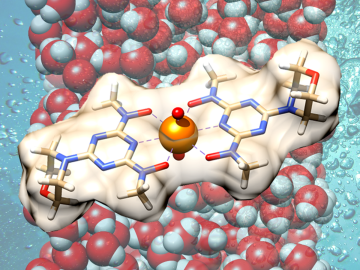
Scientists have demonstrated a new bio-inspired material for an eco-friendly and cost-effective approach to recovering uranium from seawater.
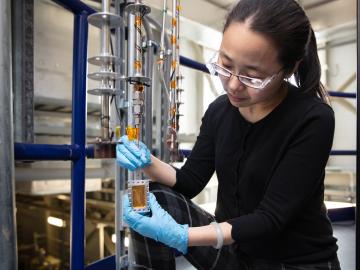
Researchers at the Department of Energy’s Oak Ridge National Laboratory, Pacific Northwest National Laboratory and Washington State University teamed up to investigate the complex dynamics of low-water liquids that challenge nuclear waste processing at federal cleanup sites.
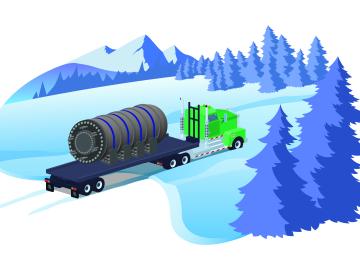
Oak Ridge National Laboratory scientists are evaluating paths for licensing remotely operated microreactors, which could provide clean energy sources to hard-to-reach communities, such as isolated areas in Alaska.
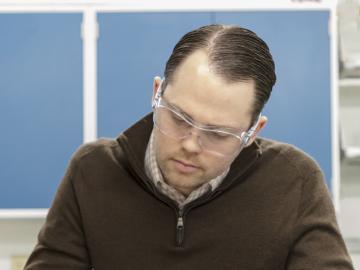
Oak Ridge National Laboratory is using ultrasonic additive manufacturing to embed highly accurate fiber optic sensors in heat- and radiation-resistant materials, allowing for real-time monitoring that could lead to greater insights and safer reactors.
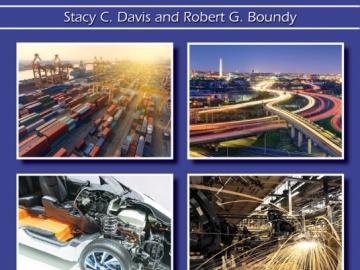
Oak Ridge National Laboratory’s latest Transportation Energy Data Book: Edition 37 reports that the number of vehicles nationwide is growing faster than the population, with sales more than 17 million since 2015, and the average household vehicle travels more than 11,000 miles per year.

Oak Ridge National Laboratory scientists have created open source software that scales up analysis of motor designs to run on the fastest computers available, including those accessible to outside users at the Oak Ridge Leadership Computing Facility.
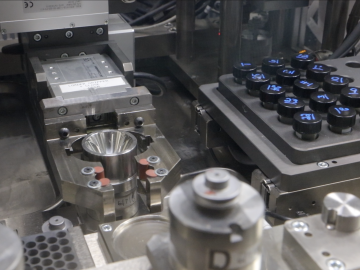
By automating the production of neptunium oxide-aluminum pellets, Oak Ridge National Laboratory scientists have eliminated a key bottleneck when producing plutonium-238 used by NASA to fuel deep space exploration.

Oak Ridge National Laboratory scientists studying fuel cells as a potential alternative to internal combustion engines used sophisticated electron microscopy to investigate the benefits of replacing high-cost platinum with a lower cost, carbon-nitrogen-manganese-based catalyst.

The Department of Energy’s Oak Ridge National Laboratory is collaborating with industry on six new projects focused on advancing commercial nuclear energy technologies that offer potential improvements to current nuclear reactors and move new reactor designs closer to deployment.


